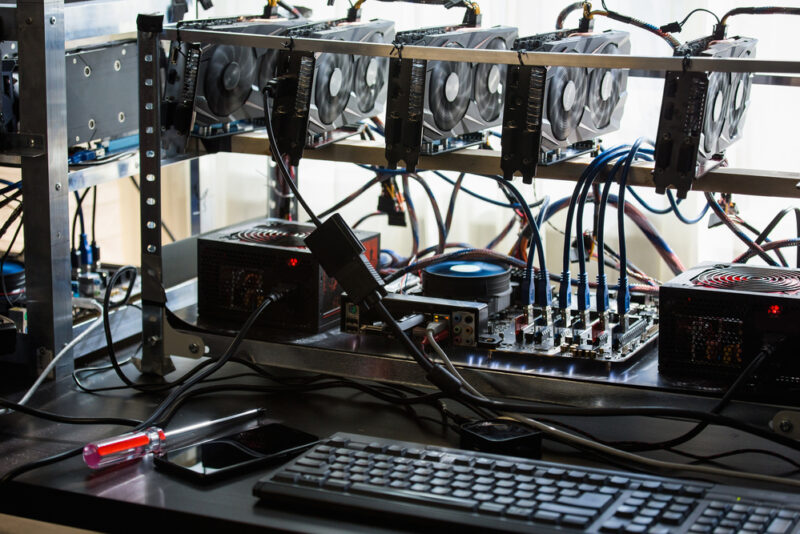Every couple of weeks, or every 2016 blocks, Bitcoin adjusts the code that reestablishes the degree of mining difficulty. The last reset was last Friday, August 13. The reset made it over seven percent more difficult to solve a block.
The increase in difficulty is somewhat larger than usual. However, the growth is neither surprising nor is it a reason for miners to be alarmed. The 7.3 percent increase is the first increase of magnitude since the ban on crypto mining in China went into effect in June, and it confirms a trend that those involved knew was happening. Some of those who used to be miners in China have found new bases of operation elsewhere.
It may be somewhat less lucrative to mint Bitcoin compared to what it was prior to the algorithm self-correcting, but miners are making more money now than they did before the Chinese crackdown.
From their peak in May, hashrates are down over 40 percent. This deficit suggests that miners plugged into the network at the moment are doing well.
Getting Back Online
When China closed the doors on Bitcoin mining, at least half, if not more, of the computing power in the network went dark. It was left to Bitcoin miners elsewhere to pick up the slack. A combination of fewer miners and less computing power resulted in a longer time frame for transaction verification and for the minting of new Bitcoin.
As a result of this deviation from what was the norm, the Bitcoin algorithm self-corrected. July saw almost a 30 percent drop in the level of mining difficulty. It became far easier to create a new Bitcoin, and solving blocks of transactions returned to the previous average of 10 minutes.
When China went offline, 54 percent of the total hashrate went offline as well. Bitcoin took it all in stride. It did not miss a beat. There was not a moment’s downtime to the network. Brandon Arvanaghi, a Bitcoin mining engineer noted that this ability to adjust is the smartest part of the software.
The whole episode was seen by the industry as a “Black Swan” event. According to some in the industry, the entire affair made a lot of people considerably richer.
Getting the Network Rebuilt
Mike Colyer, CEO of Foundry, a digital currency company, says the hashrate decline has hit bottom, and from here on its nothing but up. Foundry has been instrumental in bringing over $300 million worth of mining equipment into North America.
According to Mr. Colyer, there is a tremendous number of machines that need new homes after leaving China. Many of the machines that are coming back online were at one time operating in China.
Most Chinese miners cannot move to the United States because of capital constraints and language difficulties. Many who were involved have never been out of Sichuan province in their lives. As the miners cannot leave, they have sold their machines. According to De La Torre, VP of mining pool Poolin, there has been a great deal of selling activity of these redundant machines globally.
Although machines from China are being bought up, many of the ASIC’s (Application-Specific Integrated Circuits) are brand new from companies such as Whatsminer. The new machines are considerably more efficient, getting close to twice the hashpower from the same consumption of electricity.
Many mining “insiders” suggest that the majority of old mining rigs will never go back online. Should this be the case, it means the entire network will become considerably more efficient, sparking increased competition amongst miners.
New, improved mining machines have a significantly higher hashrate than previous machines. Whit Gibbs, CEO of mining service provider Compass, predicts that the hashrate will continue to move to a new all-time high within the next year.
According to Jason Deane, a crypto analyst at Quantum Economics, several new machines are currently on their way to buyers. A number of the big players have thousands if not tens of thousands of new ASICs on order, all due to go online over the course of several months. Deane suggests that difficulty will increase steadily over the same period. It may take as long as a year for difficulty to double.
WeInvests is a financial portal-based research agency. We do our utmost best to offer reliable and unbiased information about crypto, finance, trading and stocks. However, we do not offer financial advice and users should always carry out their own research.
Read More













